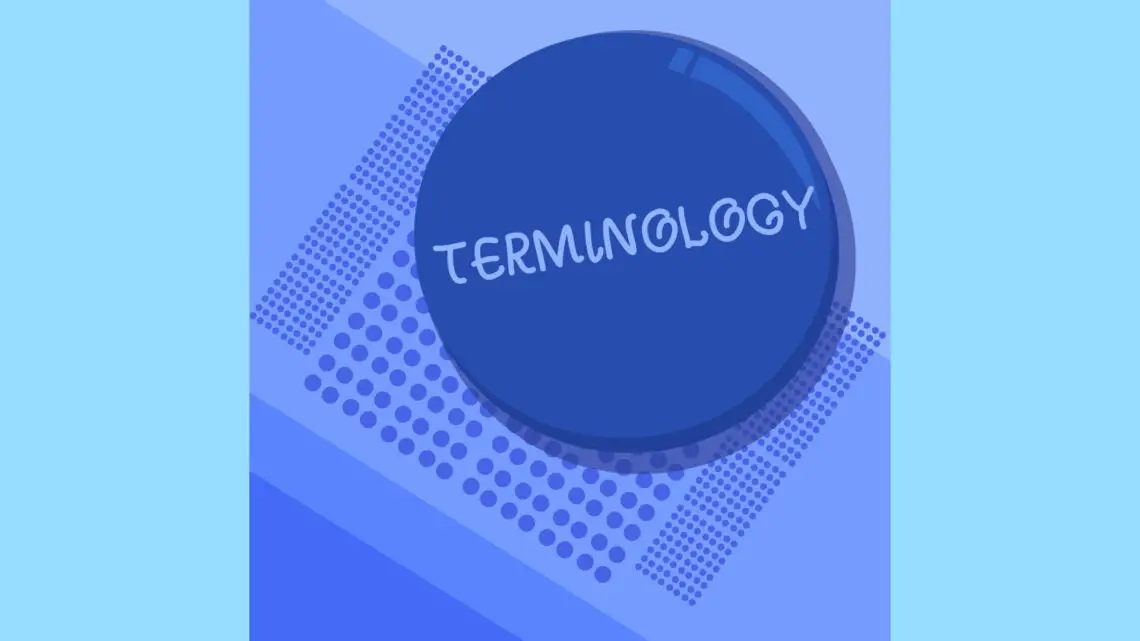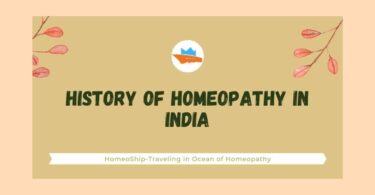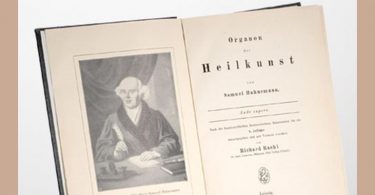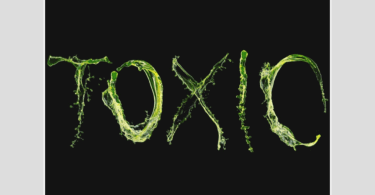The foundation of any science is a precise terminology. That is the minimum basis for scientific communication and development. Medicine is no less a science than physics or chemistry; indeed, it encompasses both and many others besides.
The current state of homeopathy is far from the science upon which its founder rested it. We have lost our footing and despite many empirical findings, new approaches and constant provings, we are mired in confusion, opinions and acrimony. This has all the hallmarks of belief rather than science. There is little or no systematic attempt to link any efforts or discoveries to the founding principles provided in Dr. Hahnemann’s writings, and we are dominated by so-called authorities or gurus. Instead of adhering to and respecting principles, we have a system governed by principals.
If we are to advance the science of Hahnemann’s new system of medicine, we should at least have a clear idea of what we mean when we use a particular term, as a starting point, and we ought to also be very clear on the actual terms as Hahnemann used them. We can advance only when we use the firm and solid foundation of understanding of the underlying principles laid down for us.
This series of articles is an attempt to create a glossary of terms that can then be used to provide the foundation for a scientific consideration, rather than simply views and opinions. If we are to have a fruitful dialogue, the terms we use must, at the very least, be understood by all.
Part 1: Homeopathy
Let’s start with the term homeopathy itself. At one level it is understood as a specific meaning, in terms of a medicine selected based on the similarity of symptomology between those exhibited by a person suffering a disease and those exhibited by healthy persons taking the medicine.
At another level, it is often used to refer to whatever Hahnemann wrote about even though, strictly speaking, it is not homeopathy, such as the use of medicine for prophylaxis (immunization), and various other aspects such as psycho-therapy. At any given time, homeopaths will use one or more of the tissue salts, drainage, flower essences, diet advice, detoxification or counseling, yet they consider this consistent with the practice of homeopathy.
The term homeopathy cannot have two meanings without causing confusion. While Hahnemann can sometimes be faulted for not being as precise as he might have been, he did not call his main work the ‘Organon of Homeopathy’, but rather the Organon der Heilkunst. Most have taken the term to mean simply “medicine,” or “art of medicine,” which at a basic level it can be so translated. However, Hahnemann, as is in the nature of all genius, chose his terms for a deeper purpose. Although the Organon does have a particular focus on homeopathic prescribing, it is not restricted to this but rather lays out the basic principles of a new system of medicine, which he termed “Heilkunst.” As such, this term should be the one used when we refer to all the various aspects of Hahnemann’s new system that go beyond homeopathic prescribing in its correct and specific meaning.
At the same time, we also need to recognize that the nature of genius is wholistic, and that Hahnemann wrote various articles in developing his system prior to the formal Organon, that is prior to 1810, (in particular the 1796 essay) as well as important articles since then which he references specifically at various places in the Organon (in particular The Chronic Diseases).
Thus, it would aid discussion considerably if we limited the use of the term homeopathy to the specific meaning, and used the term Hahnemann himself supplied when wishing to refer to the complete system of medicine set out in his writings, which clearly goes beyond homeopathy. This precision of terms will then allow us to determine whether or not something is consistent with homeopathy and, if not, whether then it still is consistent with some aspect of the broader system of medicine founded by Hahnemann, which he termed Heilkunst.
Glossary Contribution 1
Heilkunst: the term used to refer to the whole of Dr. Hahnemann’s medical system, as set out in both his occasional essay writings, The Chronic Diseases, and the Organon (including the preface and introduction). It is comprised of the German terms “heil” (whole) and “kunst” (art). The term “heil” has a physical and spiritual dimension. The term “kunst” is not adequately rendered as “art,” but means more the deeper science of mind that is able to get at truth and the inner meaning of things. English makes an artificial distinction between “art” and “science,” when science really means material science, or knowledge derived through the intellect, which German terms “wissenschaft,” as opposed to science derived through the deeper emotional mind, which is expressed in the term “kunst.”
Homeopathy: the term used to refer to the use of a medicine based on the natural law of similar resonance, according to the match of symptoms of a disease in a sick person against the similar symptom pattern (disease image) as produced in one or more healthy persons (known as “provings”) and as recorded in the Materia Medica.
Part 2 – Vital Force
The English translations and analyses of Hahnemann’s works make almost singular reference to something called the “vital force.” This is meant to refer to Hahnemann’s views that medicine must consider some living principle and not seek the cause of disease in morbid matter itself. The strange thing here is that Hahnemann used various terms to describe the animating principle within us, all of which have invariably been translated into the one term “vital force.”
Each of Hahnemann’s terms has a different meaning within his quite elaborate system: Lebenskraft: The German term “kraft” has the meaning both of power and force in English, so it can mean either “Living Power” or ” Life Force.” Lebensprincip: or Living Principle or Living Power Lebens-Energie: or Life Energy
Dynamis: this is the term Hahnemann uses to refer to the life force or living principle. The term “dynamic” or “dynamisch” in German pertains to powers, forces and energies.
It is clear from the above that Hahnemann was part of the dynamic movement in philosophy, not the vitalist movement. The romantic philosophers, such as Coleridge, used the term “genius” in the same way that Hahnemann used the term Living Principle. Coleridge also held the concept of the dynamis and called for a dynamic system of thought. This stream of thought goes back to Goethe in Germany, who also recognized in Hahnemann a fellow scientist applying his scientific approach in a practical way in medicine.
Thus, it is important that the different German terms used by Hahnemann are correctly translated into English and that it is understood that what we are dealing with here is not a “vital” principle that is tacked onto or is external to the physical body, but a ‘living’ or ‘dynamic’ one that is a integral part of the human being, and one on which, as we will see, his system of therapeutics ultimately depends.
In any case, vital force, which has unfortunate links to a discredited element of 19th Century science, termed “vitalism,” is a poor and even inaccurate translation for the various terms Hahnemann used, as it obscures the very important understanding he had of the interplay between power, force and energy, and on which some of his deeper insights are based, as we shall have occasion to see. Indeed, the use of this unfortunate term vital force has served to prevent a deeper understanding of other important aspects of his system, such as the dual nature of the living principle, on which the correct understanding of his system of therapeutics itself depends.
The various translators, not understanding the dynamic system of thought of which Hahnemann was an integral part, failed to understand an important distinction Hahnemann made between two aspects of the life force (“Lebenskraft”) – what he termed the “Lebens-Erhaltungskraft” and another capacity of the life force referred to as the “Erzeugenskraft.” Both these terms are simply rendered by the erroneous phrase “vital force.” If all of Hahnemann’s references are studied, it will be clear that the former power is a sustaining or sustentive one, whereas the latter is an engendering or generative one. Later we will see that an understanding of many of Hahnemann’s insights depends on grasping this distinction in the nature of the life force.
Glossary Contribution 2
Dynamis/Wesen: The terms “dynamis,” “life principle” and “genius” (which Hahnemann used in the 5th edition – Aphorism 130) are generally all references to the human essence or animating principle, which Hahnemann also termed the human “wesen.”
Life Force: The life force is the executive function of this dynamic principle or power. The life force has more or less life energy. There are also two aspects to the life force, namely the sustentive power and the generative power.
NB: The first translator to see these distinctions was a scholar of Dr. Hahnemann and other Dynamists, Steven Decker, who provided the basis for the O’Reilly edition of the Organon, and has since published the first electronic edition of the Organon, which is also the most accurate to date, available at *. The O’Reilly edition also has the useful feature of a glossary of translated terms, many of which were supplied by Decker to facilitate greater understanding for the readers. *Use their search tab with the words “extended organon.”
# # #
Rudi Verspoor is Dean and Chair Department of Philosophy Hahnemann College for Heilkunst, Ottawa. He served as the Director of the British Institute of Homeopathy Canada from 1993 to early 2001 and helped to found and is still active in the National United Professional Association of Trained Homeopaths (NUPATH) and the Canadian/International Heilkunst Association (C/IHA).
Part of his time is spent advising the Canadian government on health-care policy and in working for greater acceptance of and access to homeopathy. His publications include:
Homeopathy Renewed, A Sequential Approach to the Treatment of Chronic Illness (with Patty Smith);
A Time for Healing; Homeopathy Re-examined: Beyond the Classical Paradigm (with Steven Decker);
The Dynamic Legacy: Hahnemann from Homeopathy to Heilkunst (with Steven Decker).
Visit his website at http://www.heilkunst.com/




